The history and culture of mankind in numbers: what unusual documents are stored in the world archives
Categories: History | Technology
By Pictolic https://pictolic.com/article/the-history-and-culture-of-mankind-in-numbers-what-unusual-documents-are-stored-in-the-world-archives.htmlMany people today do not notice how much educational and cultural resources have changed over the past 20 years. To display a rare historical document on a computer screen in a museum, to download an interesting book in electronic format in a second — everything that the last generation of information consumers takes for granted seemed fantastic back in 2000. After all, it was necessary to go down to the archive for the original documents, and find the book in the library.
Intelligent information processing technologies, such as automatic recognition of text and images, accelerate the exchange of information every day and expand the knowledge base of mankind — with their help, art books, textbooks, historical documents and photographs are digitized and entered into open databases. If opinions still differ about the benefits of the Internet as such, then the benefits of digitizing documents are hardly debatable.
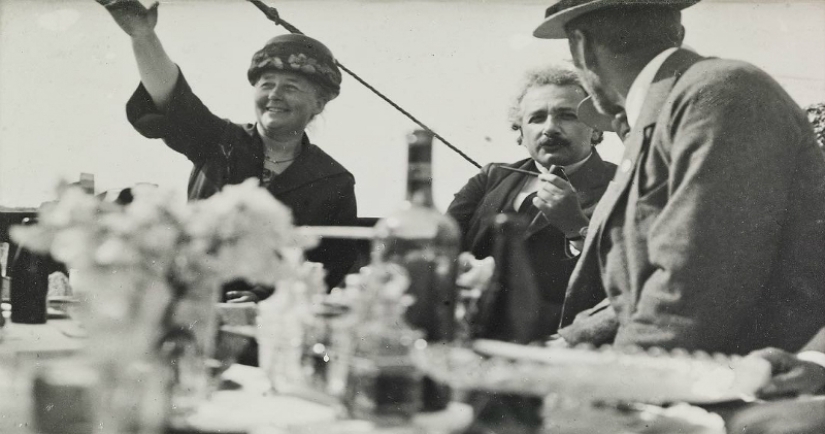
By the way, it was Google, the company that gave us navigation on the web, that was the first to try to digitalize all the books of American libraries, trying to lay the foundation for the creation of a "world library". Today, with the help of technologies from companies such as ABBYY, cultural centers, museums and universities around the world use intelligent information processing to create their own digital archives, allowing them to store history and make it accessible to everyone.
We visited the online resources of the Amsterdam Museum, the National Archives of Norway and others in search of interesting historical documents lying "on the surface" of the network.
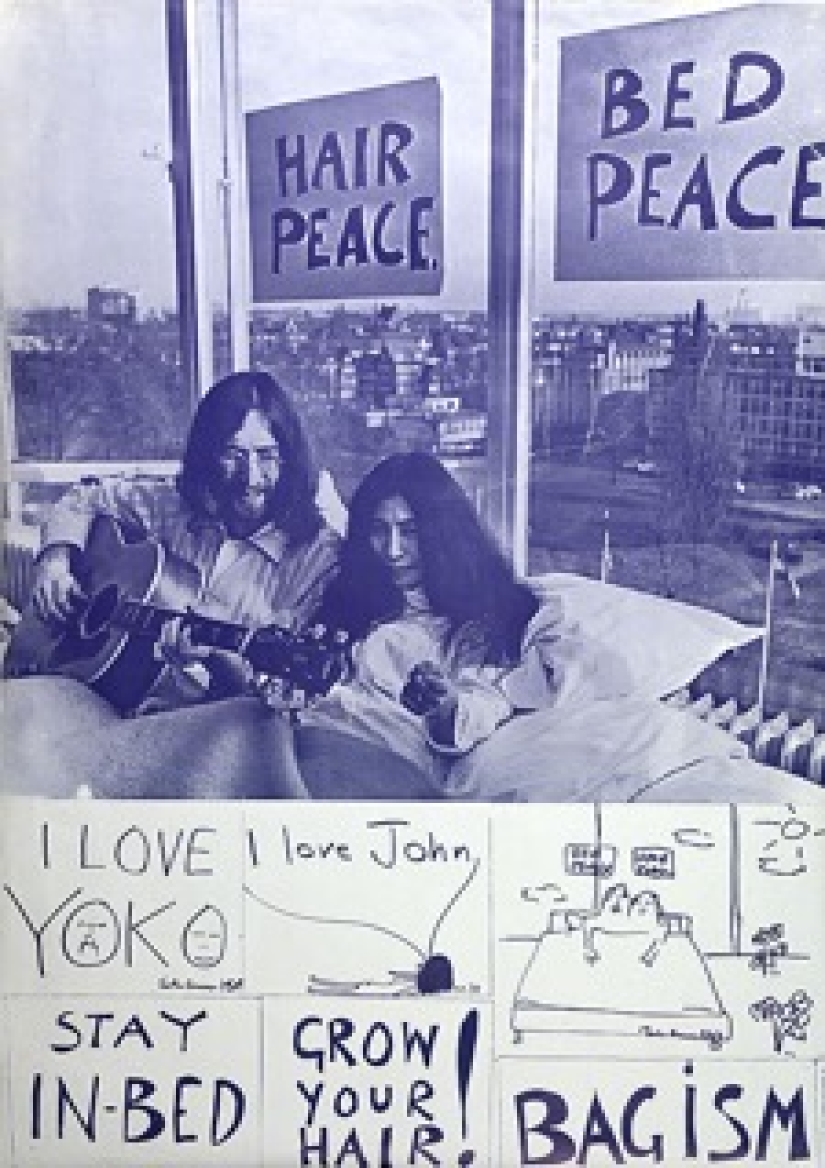 A collage including the famous shot of John Lennon and Yoko Ono at the Hilton Hotel during their stay in Amsterdam in 1969.
A collage including the famous shot of John Lennon and Yoko Ono at the Hilton Hotel during their stay in Amsterdam in 1969.
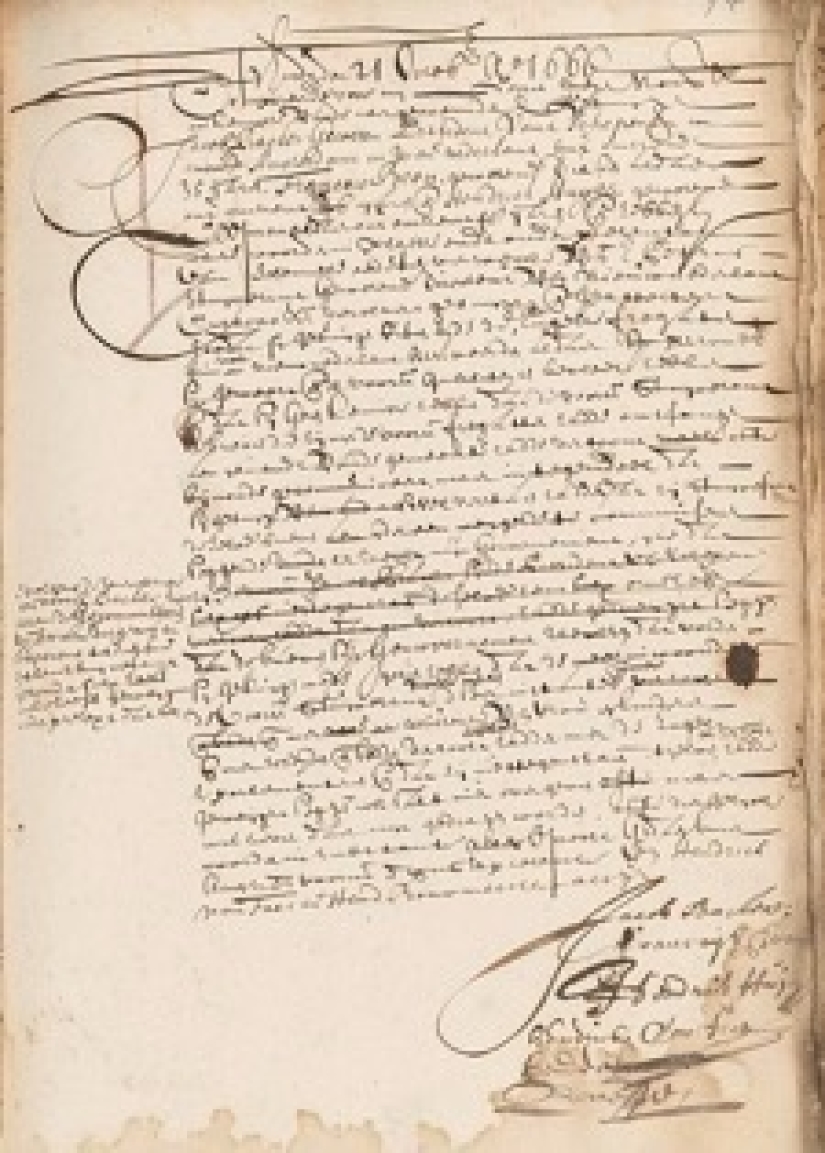 Declaration of the conquest of New Holland by the British on October 21, 1666.
Declaration of the conquest of New Holland by the British on October 21, 1666.
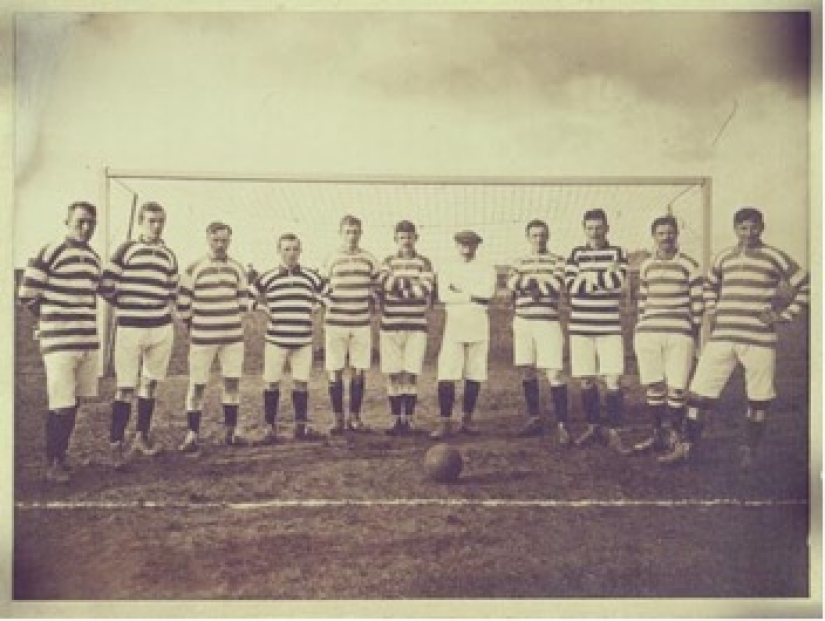 Blauw Wit championship team, 1910.
Blauw Wit championship team, 1910.
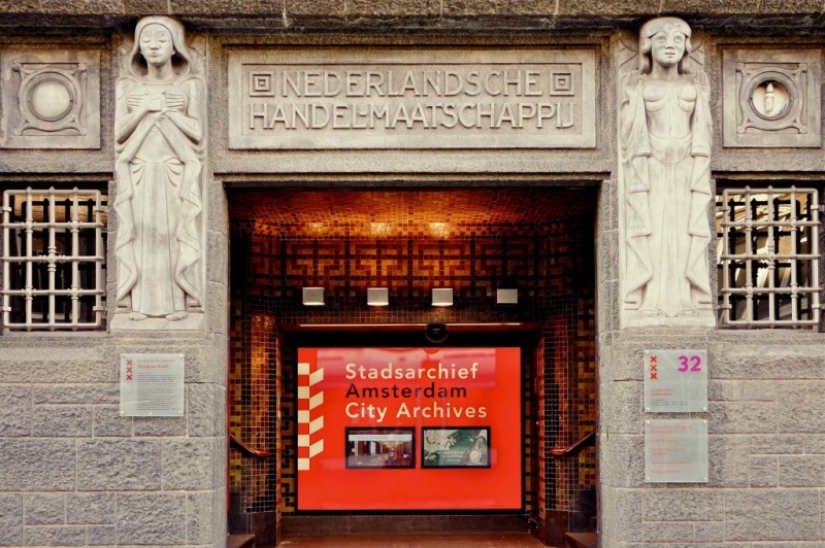 The Amsterdam City Archive is the largest municipal archive in the world: it contains more than 8 million records. Among the historical documents there are such unusual records as the chronicles of the production of the Heineken brewery (including a letter from the founder of the company about the acquisition of the first brewery), letters from Mahatma Gandhi, a trade agreement between Amsterdam and the newly founded USA and even a police report on the theft of Anne Frank's bicycle dated April 13, 1942. Most of the materials are digitized and available to researchers and interested citizens on the website.
The Amsterdam City Archive is the largest municipal archive in the world: it contains more than 8 million records. Among the historical documents there are such unusual records as the chronicles of the production of the Heineken brewery (including a letter from the founder of the company about the acquisition of the first brewery), letters from Mahatma Gandhi, a trade agreement between Amsterdam and the newly founded USA and even a police report on the theft of Anne Frank's bicycle dated April 13, 1942. Most of the materials are digitized and available to researchers and interested citizens on the website.
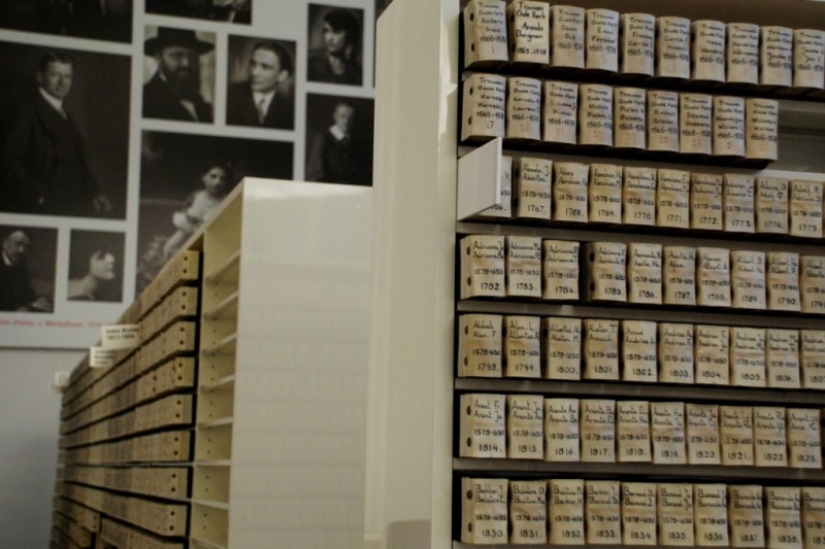 This is what indexed documents look like in a public access library — thanks to the digitized archive, they do not need to be sorted manually.
This is what indexed documents look like in a public access library — thanks to the digitized archive, they do not need to be sorted manually.
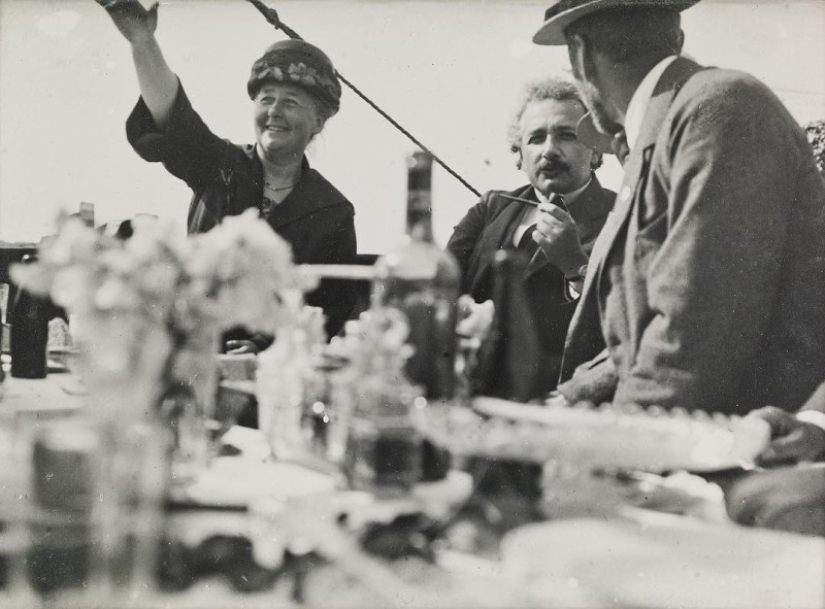 And this is a photo of Albert Einstein, who was visiting Oslo in 1912. To his left is the first female professor in Norway, Kristina Bonnevie, who taught zoology. This photo is one of the examples of historical evidence digitized and available at the National Archives of Norway.
And this is a photo of Albert Einstein, who was visiting Oslo in 1912. To his left is the first female professor in Norway, Kristina Bonnevie, who taught zoology. This photo is one of the examples of historical evidence digitized and available at the National Archives of Norway.
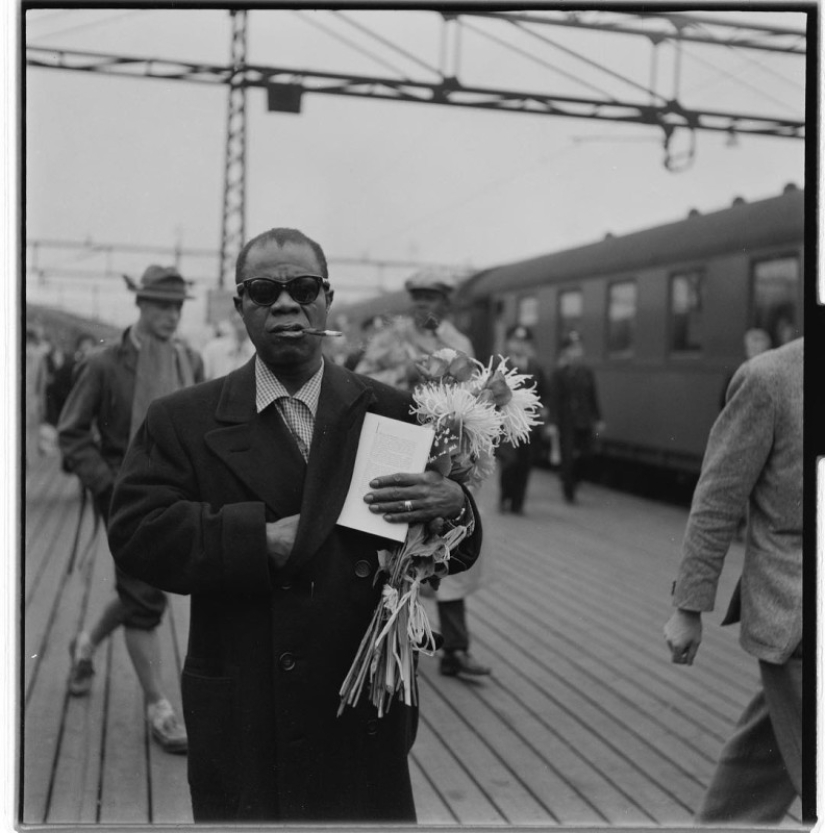 Jazz legend Louis Armstrong during a break from a concert tour in Oslo in 1955.
Jazz legend Louis Armstrong during a break from a concert tour in Oslo in 1955.
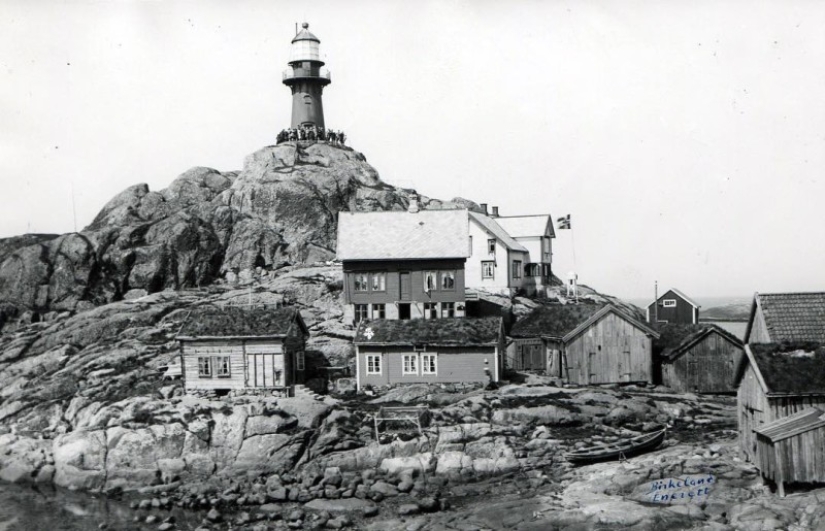 Lighthouse "She", built in 1867.
Lighthouse "She", built in 1867.
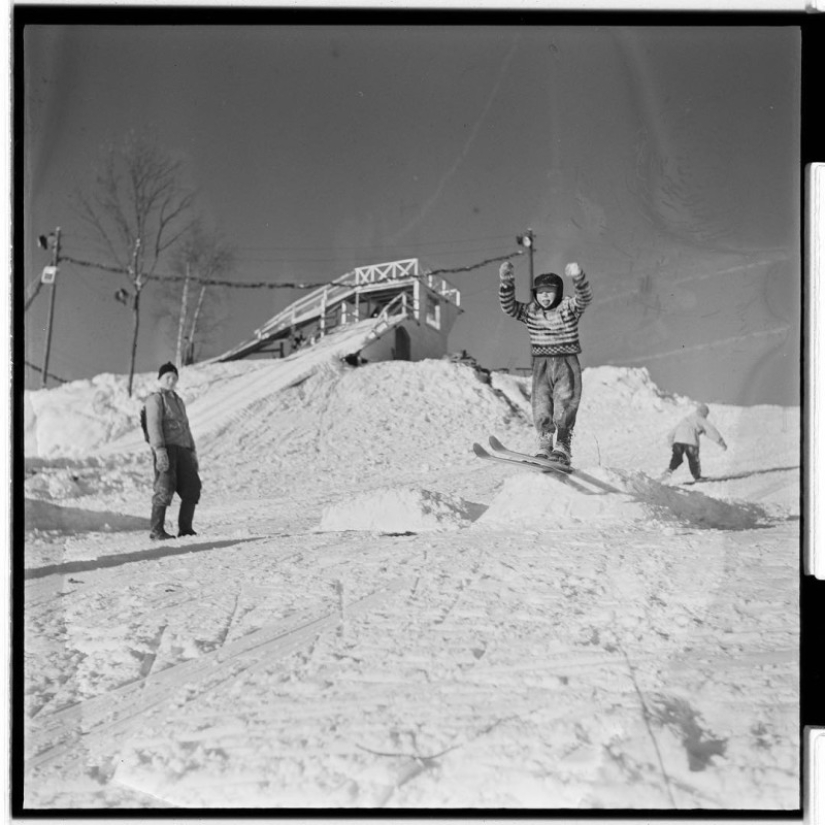 Children's ski slope in Askere, 1955.
Children's ski slope in Askere, 1955.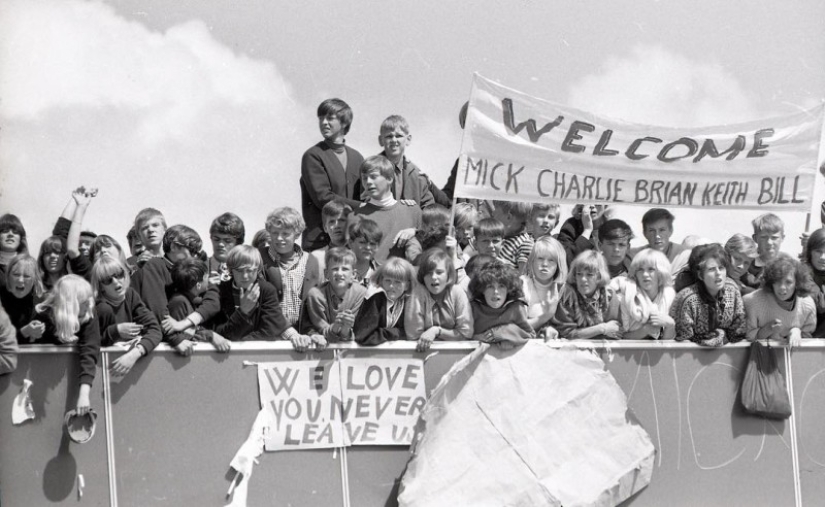 A crowd of teenagers at a Rolling Stones concert in Oslo welcomes musicians with a poster "Welcome, Mick, Charlie, Brian, Keith and Bill!". 1964.
A crowd of teenagers at a Rolling Stones concert in Oslo welcomes musicians with a poster "Welcome, Mick, Charlie, Brian, Keith and Bill!". 1964.
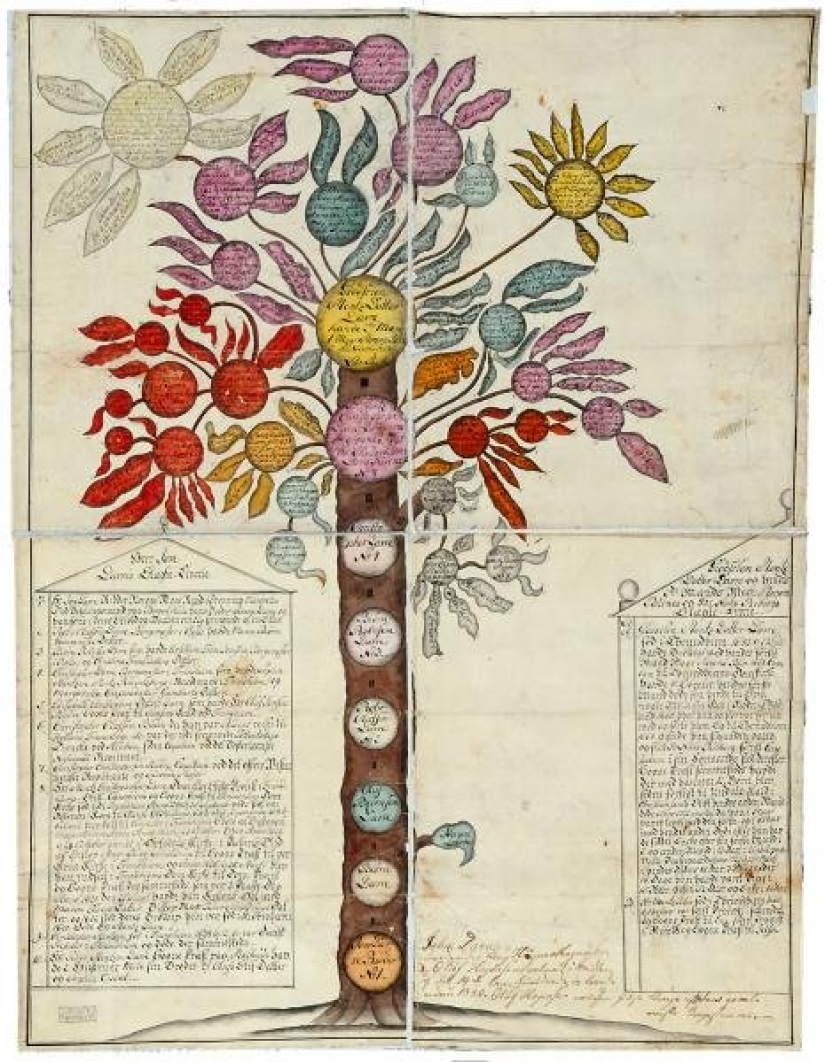 The family tree of the Norwegian Darre family.
The family tree of the Norwegian Darre family.
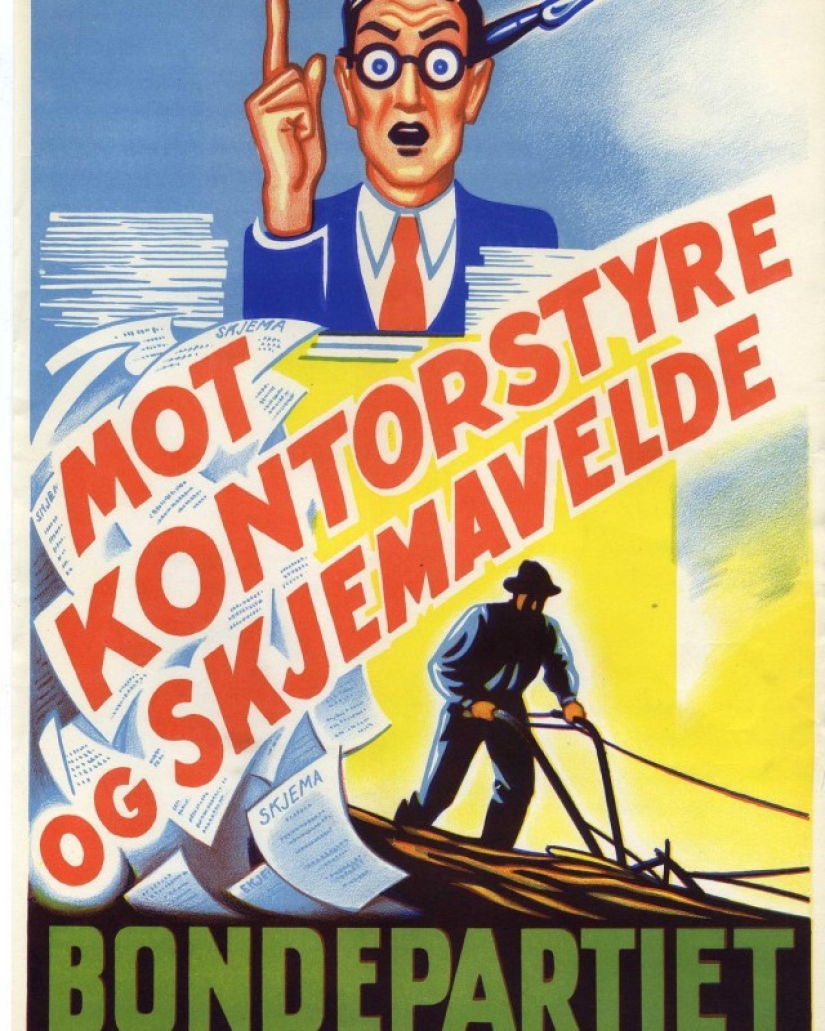 An old propaganda poster calling for voting for the bourgeois Party of Norway.
An old propaganda poster calling for voting for the bourgeois Party of Norway.
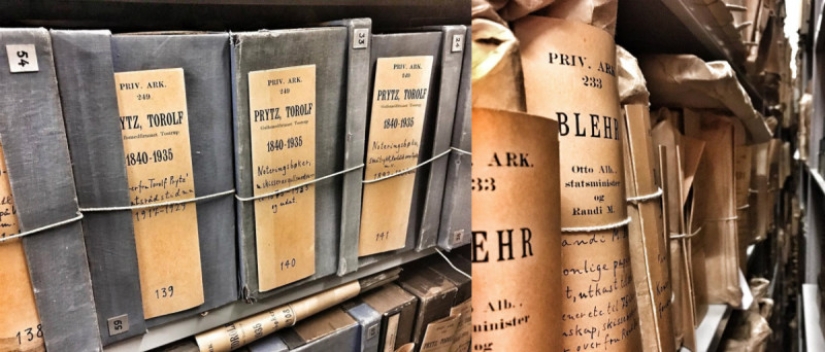 This is how physical data archives look like.
This is how physical data archives look like.
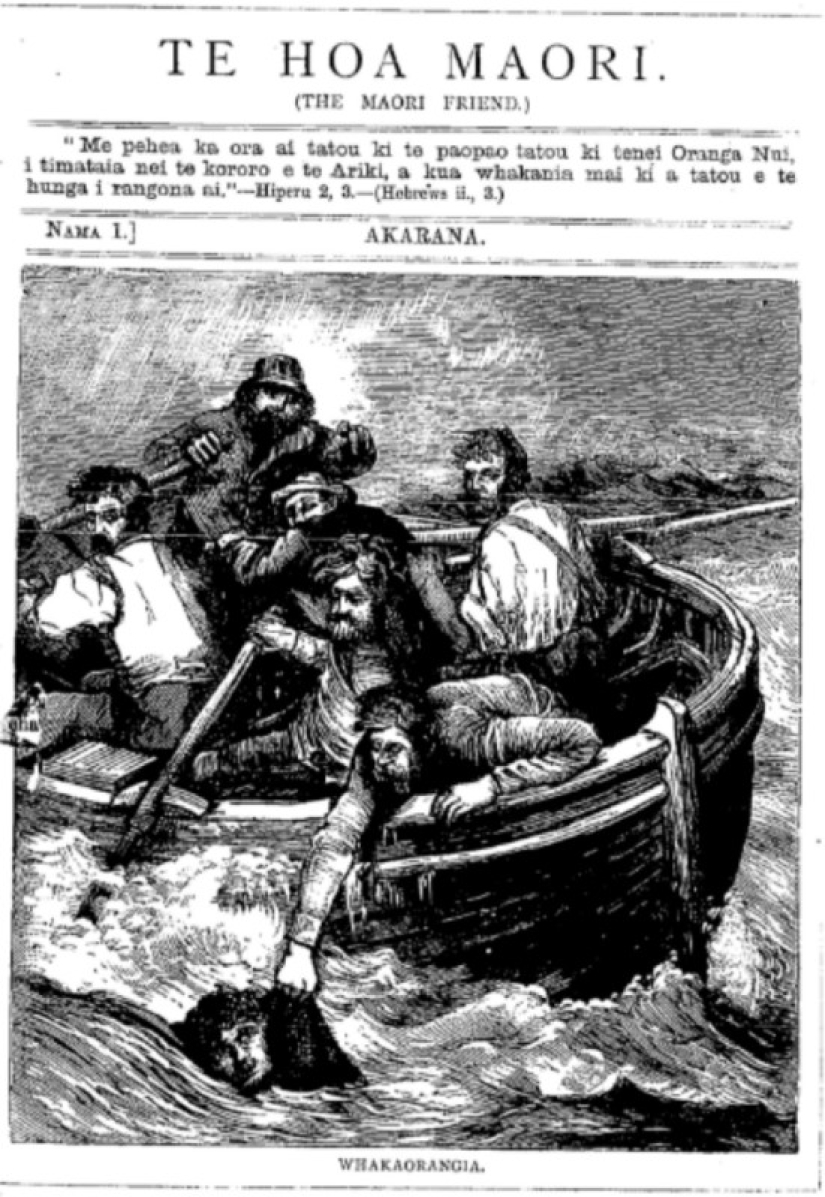 The virtual data archive of the National Library of New Zealand contains more than three million pages of periodicals, letters, diaries and reports on the work of parliament for almost 100 years.
The virtual data archive of the National Library of New Zealand contains more than three million pages of periodicals, letters, diaries and reports on the work of parliament for almost 100 years.
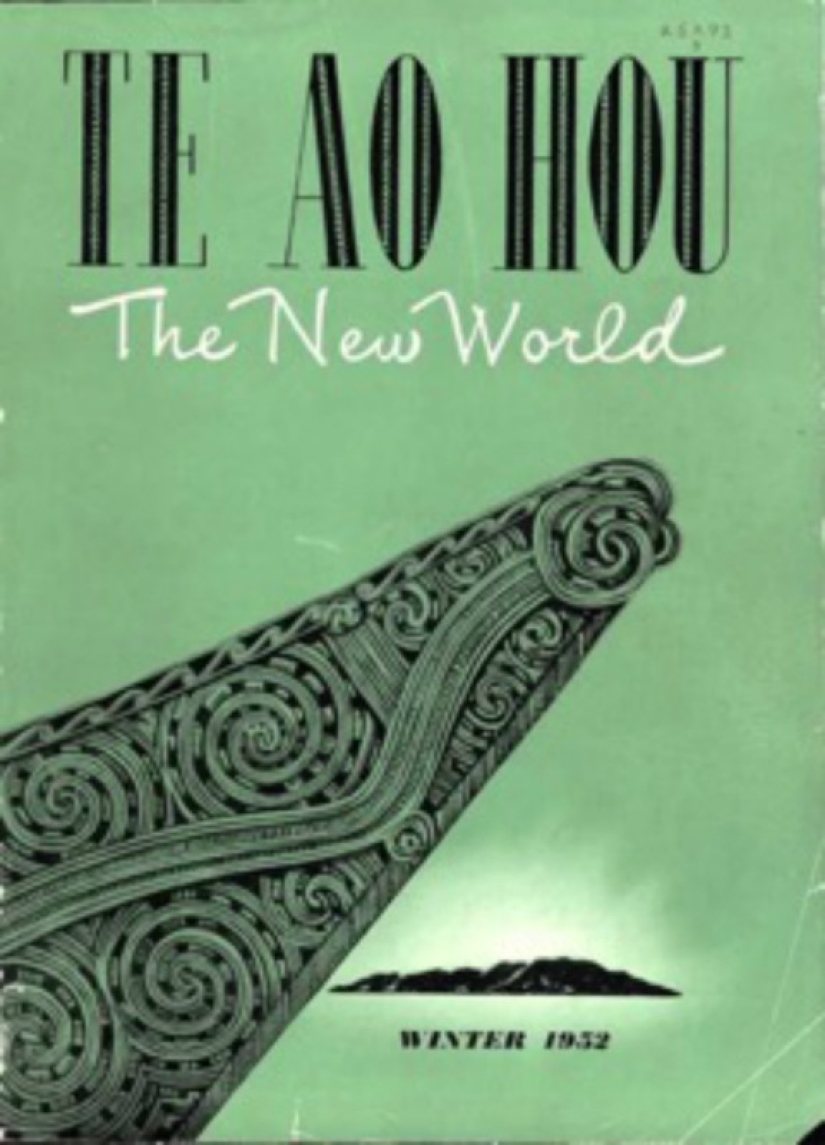 Recently, the library digitized all newspapers and magazines published in the language of the local New Zealand Maori people. The archive has a convenient search system: each newspaper has its own web page, which contains brief information about the publication and all the dates of issues open to access. In collaboration with ABBYY, the Edinburgh Botanical Garden and the Bolshoi Theatre used similar technologies to create their electronic archive.
Recently, the library digitized all newspapers and magazines published in the language of the local New Zealand Maori people. The archive has a convenient search system: each newspaper has its own web page, which contains brief information about the publication and all the dates of issues open to access. In collaboration with ABBYY, the Edinburgh Botanical Garden and the Bolshoi Theatre used similar technologies to create their electronic archive.
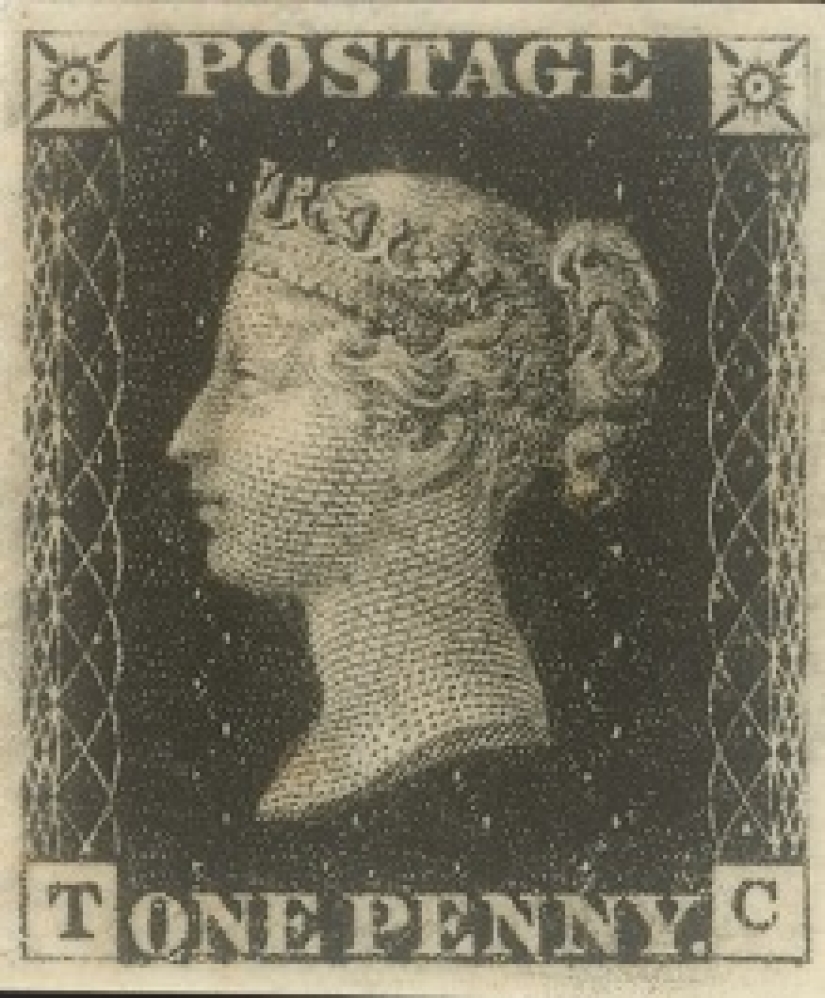 The first postage stamp, called Penny Black, was issued in 1840 in the UK. The image shows Queen Victoria.
The first postage stamp, called Penny Black, was issued in 1840 in the UK. The image shows Queen Victoria.
The Royal Mail of Great Britain began using text recognition technologies back in 1987, when the company installed 46 devices for optical character recognition. Current systems can read any postal codes. In addition, they themselves control the spelling of the address. The post office sorts more than 14 billion letters and parcels a year. Today, such technologies are used in most postal services in the world.There is also an application in the social sphere — for example, the Government of Bangladesh has managed to completely modernize the census system in recent years. Based on this data, medical support programs are created, but it is expensive and difficult to collect them. If you do everything manually, it takes at least two years. Using a similar technology, the results of the census were obtained three times faster — the system itself recognized data from 30 million forms filled out by hand, and the operators only had to check whether all the information was extracted correctly. In just 8 months, the Ministry of Health of the country received all the information about the health of its residents.
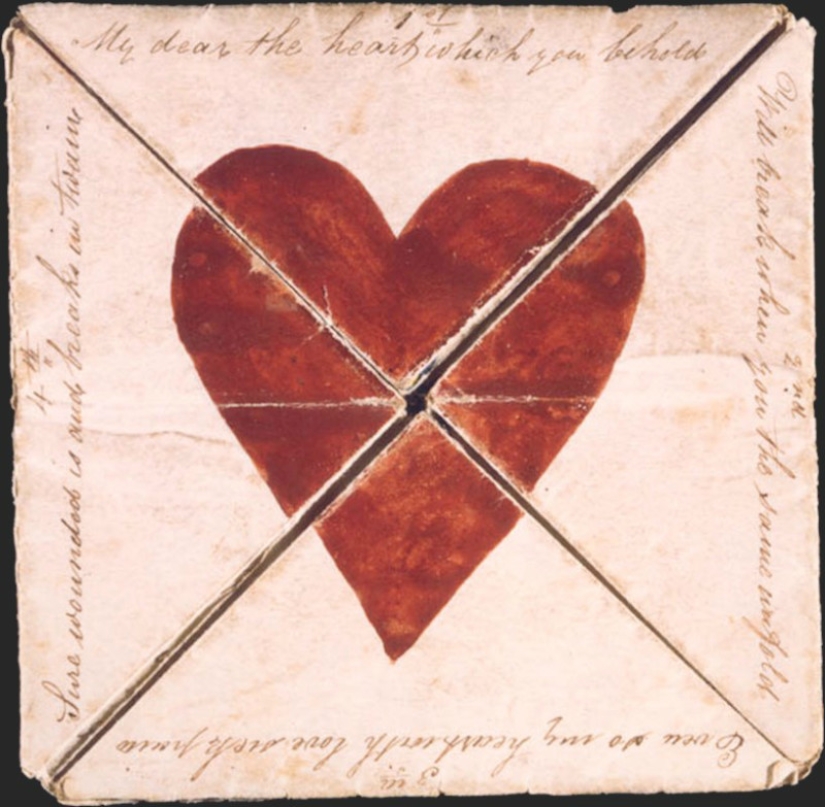 By the 1760s, the tradition of sending gifts began to be replaced by beautifully executed and ornate letters. And the oldest valentine dates back to 1790 and is known as a "folding puzzle" — its riddle was that the letter must be properly unfolded to reveal hidden lines containing a declaration of love.
By the 1760s, the tradition of sending gifts began to be replaced by beautifully executed and ornate letters. And the oldest valentine dates back to 1790 and is known as a "folding puzzle" — its riddle was that the letter must be properly unfolded to reveal hidden lines containing a declaration of love.
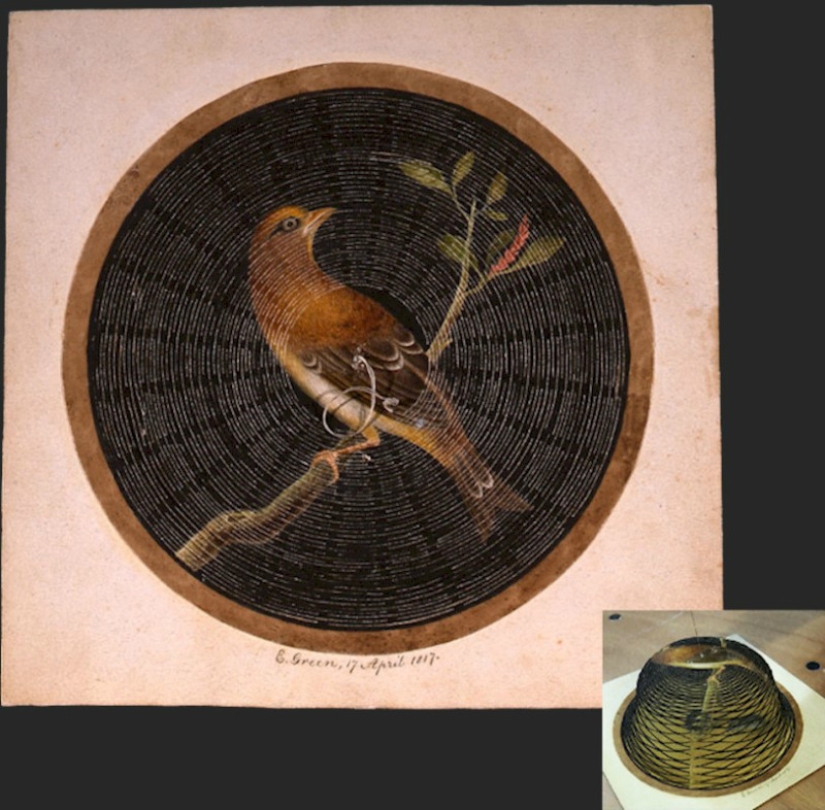 By the 1840s, valentines had already become a tradition. The most popular themes for decoration were flowers, birds and angels. Many postcards included mechanical components that revealed a hidden message or image.
By the 1840s, valentines had already become a tradition. The most popular themes for decoration were flowers, birds and angels. Many postcards included mechanical components that revealed a hidden message or image.
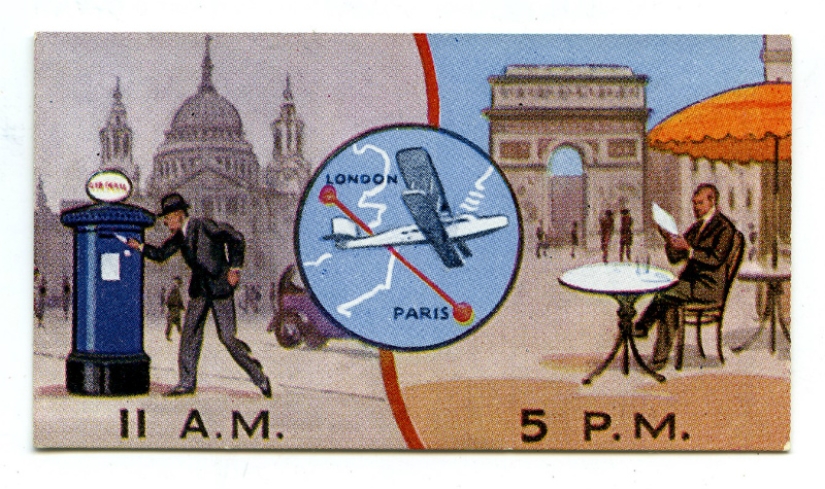 The first mail delivery by air was performed in the UK in 1911 and timed to coincide with the coronation of George V.
The first mail delivery by air was performed in the UK in 1911 and timed to coincide with the coronation of George V.
 And this is a digital copy of postage stamps with the image of Winston Churchill.
And this is a digital copy of postage stamps with the image of Winston Churchill.
One of the most interesting finds in the archive is the letters of the future Prime Minister to his wife Clementine, dated 1915. Shortly before going to fight on the western front in the First World War, he wrote to his wife: "You made me understand how noble a woman's heart can be, don't waste your time grieving for me... death is just an accident, and moreover not the most important..."
Keywords: Amsterdam | John Lennon | Historical photographs | Mail | Photo archives | Digital | Einstein
Post News ArticleRecent articles

Victor Lustig is considered one of the most skillful and famous scammers in the world. He was arrested about 50 times and released ...

A small apartment is not a sentence! On the contrary, this is an occasion to turn on imagination and come up with ways to stylishly ...
Related articles

Today, the network is wandering a lot «sensational» of photos from the past designed to capture the imagination of users. ...

There are fans of Kurt Cobain, John Lennon, Jim Morrison? But if you say that in 2001, Vogue has published their pictures fresh ...

Would be amazing if you could go back in time and meet with celebrities who are no longer with us. Of course then we would have ...

Each of us has heard at least once that "breakfast is the most important meal of the day." Spreading this truth is the work of ...